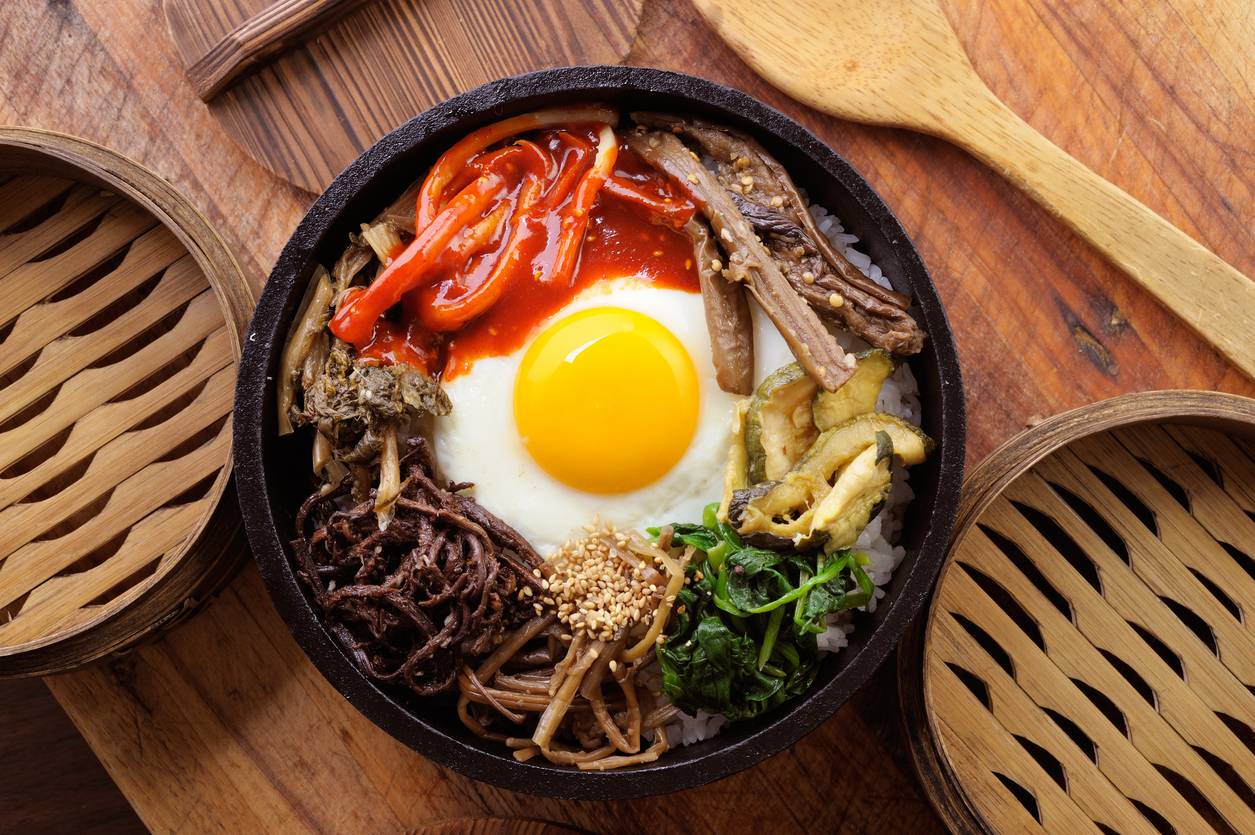There was a time when liking Korean music or shows in India meant sitting alone in a corner, scouring through YouTube for subtitled videos and hoping your Internet doesn’t crash in between. K-drama was something only a few niche fans knew about. The closest we got to Korean food was maybe instant noodles.
Fast forward to 2025, where your dermatologist might recommend snail mucin, the local café probable serves kimchi fries, and Netflix suggests you yet another K-drama, “because you watched Tastefully Yours”. Korean culture hasn’t just entered India; it has settled into our day-to-day lives.
How did this shift happen? How did this culture, that once was considered “too foreign” for almost every Indian, become a part of everything? Your skincare routines, streetwear to playlists and dating fantasies, everything is now influenced by Korean culture.
The Korean Glow-Up
Korean beauty taught us cleansing was no longer about stripping your skin raw, it was about being kind to it, and suddenly, routines became rituals. Korean serums, toners and moisturisers have made their way to become a part of our skincare routine. Brands like COSRX, Laneige and Sulwhasso now line up the shelves of Nykaa stores. Indian influencers break down their 10-step Korean skincare routines for their audiences, and even homegrown brands are now starting to mimic the look and feel of Korean products. The cultural shift is evident, it’s no longer about lightening your skin, but about loving it. That’s a radical change in a country that’s been long obsessed with fairness.
Fashion Finds a Softer Edge
Let’s face it, there was a time where fashion was all about “tight is right”. Then came the Korean fashion influence, and with it, Indian Gen Z got a whole new aesthetic. Bodycon dresses, skintight jeans, body-hugging tops and blingy accessories are now replaced with oversized sweatshirts, baggy pants, pleated skirts, soft pastels and bucket hats. The aesthetic is hard to miss with the constant scrolling on Instagram and Pinterest. Thrift stores are flooded with “K-Style” hauls and platforms such as Meesho and Flipkart, even tag items as “Oppa fashion.”
What’s especially more notable is how the fashion offers gender-neutral vibes. Men wear pastels, women wear power suits, and both wear what they want, how they want.
Kimchi, Ramyeon and Korean Cafés
Remember when ‘ramyeon’ meant Maggi but with a twist? Not anymore. Korean food is no longer niche, it is aspirational and comforting. Korean cafés in every city is packed with teens drinking banana milk, eating tteokbokki and clicking pictures of their ramyeon bowls.
Influenced by mukbang videos and K-dramas, where eating is often a form of emotional storytelling, young Indians are diving chopsticks-first into Korean cuisine. K-dramas romanticise food not in an aesthetic sense, but in a way meals are moments of love, friendship and healing. That’s something Indians deeply relate to. Food as care, as culture and as connection.
Romance, Soft Boys and The Long Game
But perhaps, the most influential yet emotional thread in this Korean-Indo connection is the K-drama. Over the past five years, especially young women, have fallen hard for the slow-burns, stolen glances and heartbreaks. Korean dramas aren’t like Indian saas-bahu soaps, nor are they like American thrillers. They’re slower, softer and often strangely therapeutic. They take their time, lean into quiet glances, delayed confessions, and well-cooked meals as metaphors of love.
What’s striking is how many women gravitate towards K-dramas not just for the love stories but for the female leads. How flawed, funny, hardworking and emotionally complex they are. And male leads? They cry, cook and are soft without even being weak. Love is slow-burn and full of quiet gestures. It’s not just what happens, it’s how it happens.
Aesthetic Meets Access
Walk into Miniso and you’ll find out what Korean lifestyle looks like in a miniature. Pastel-toned pens, Kawaii water bottles, minimalist makeup pouches, sheet masks and adorable plushies fill up the shelves of the stores. What used to be “just cute stuff” is now a part of the everyday. These aren’t just products, they’re tiny portals into a world where everything can feel joyful.
Then there’s the photobooth trend. Korean-style self-photo studios, tucked into cafes or corners of malls where you and your friends pose with silly props, print four-frame strips and pretend you’re in a Seoul side street. It’s not just a trend; it’s about capturing moments the way K-drama does. Sweet, aesthetic and full of feeling.
Korean culture has entered Indian society not with a bang, but quietly, consistently and deeply. What started with music and drama, has now touched beauty, fashion, food and daily life. It’s in your bathroom cabinets. It’s in your wardrobe. It’s in your playlists and watchlists, in your food orders. Your friendships and your 2am thoughts. It didn’t just arrive, it settled in. This doesn’t just feel like a passing trend, it feels more like a lifestyle shift.





发表回复